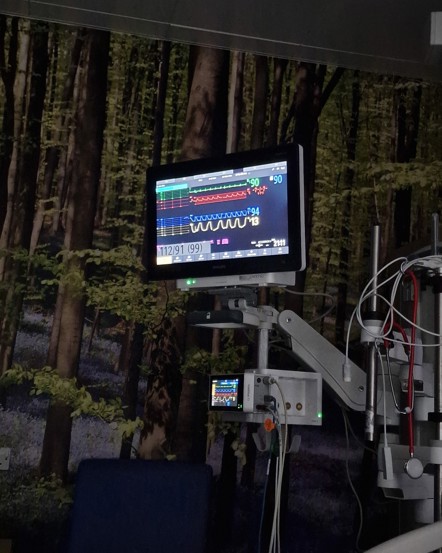To Sit or Not to Sit? Is Your Baby Ready

Sharon Galitzer (Physical Therapist)
I'm a pediatric physical therapist and also the sibling of an adult with special needs.

I know that you’ve read the blogs, seen the apps, and according to your developmental tracker it’s time for your baby to be sitting. The truth is that there are so many small things your baby must learn before they are ready to sit.
Body awareness
Babies start to learn about where their bodies are in space, when they’re on the floor. Each time they actively move on the floor, they are strengthening their muscles, experimenting with their limbs, and always return to rest either on their back or their tummy.
Head control
From the moment a child is born, they can lift and turn their head side to side. This control increases and eventually a child can lift and maintain their head up in all positions. It’s much easier to work on sitting if you don’t have to simultaneously work on keeping your head upright.
Core control
The core consists of abdominal muscles, back muscles, and pelvic muscles. All these muscles work symbiotically when a child is sitting. If any one of these muscle groups are weak, a child may fall frequently, fatigue easily, or require upper extremity support for prop sitting on the floor.
Balance reactions
Body righting and balance reactions emerge slowly but surely. Body righting occurs when one loses their balance and tries to regain it before falling. Balance reactions occur if one has lost their balance and reaches out with one or both hands to break their fall.
A baby is not ready to sit if:
- Their head is bobbing in an upright position.
- Present with a rounded back when they’re sitting on the floor.
- They just sit there with their hands propped in front with their eyes looking downward.
Dr. Sharon Galitzer Pediatric Physical Therapist


